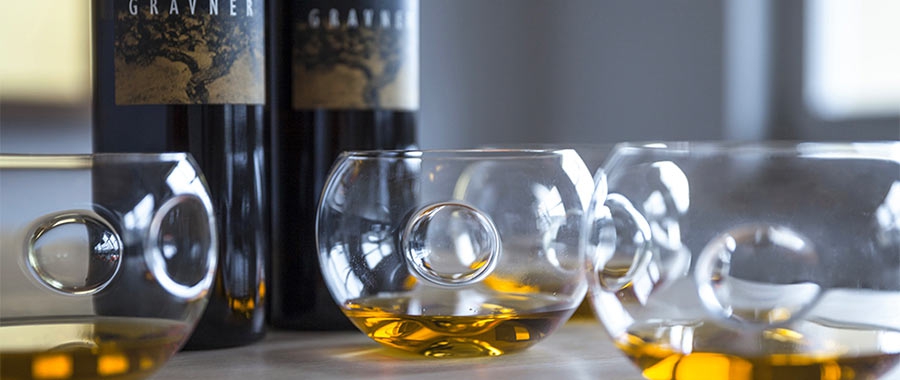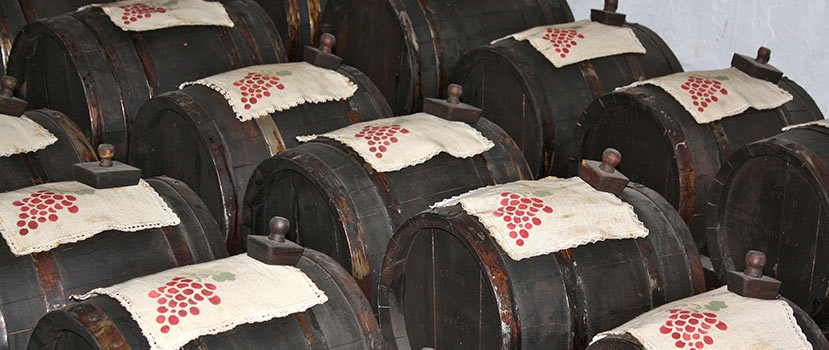BLOG
The 2023 Vintage in France by Andrew Jefford
Andrew Jefford
Tasting & Trends

Was 2023 a good vintage in France? Or a bad one? It was both – and neither. The word that probably best sums it up is ‘chaos’; it was France’s most chaotic vintage since 2017. This is exactly what winegrowers should expect as we slide towards 2030, setting fire to the 2015 Paris Climate Agreement goals as we go. Climate change will, we know, bring climate chaos; 2023 offered a foretaste.
Let’s cling to the good news first. Given that relative size of crop is the fundamental determinant of success for most wine estates, France had a good year: the 48 million hl harvested in 2023 put the country in first position globally and accounted for 20% of all the wine produced worldwide in that year. The 2023 harvest exceeded the 2018-2022 average by 8.3%, and was 4.4% up on the already-generous 2022 French wine harvest. By Christmas, cellars were full (occasionally too full). Some regions, notably Alsace, Beaujolais and Sauternes, could be unequivocally happy with the quality of the 2023 harvest. There was no region that will not in due course be able to flourish at least some great bottles with this vintage on the label.
It wasn’t an easy vintage, though.The generous crop was due to three main factors: no frost damage, excellent flowering weather, and copious growing-season rainfall, notably in June. Given that it was a sporadically hot season, that also meant disease pressure and damage (above all from mildew, but sometimes also from botrytis and acid rot): a particular feature of the Atlantic regions. It was also, though, a sporadically cool growing season, and large crops require plenty of solar support to ripen evenly. Some producers, therefore, had to wait longer than they might have wished, and were rewarded with punishingly heavy rains in mid-September: a theme for the Loire Valley and the Northern Rhône. To cap it all off, the biggest spikes of heat came unusually late in the season, in the second half of August, and hit vulnerable pre-harvest fruit hard: a particular problem for both halves of the Rhône Valley where the heat was fiercest. No one could afford to be sentimental about green harvesting this year, as it was often the only route to quality; sorting tables shook and shuddered their way through the harvest from start to finish.
And then … there was the South. Everything that I have written above will seem like a cruel taunt to producers in Roussillon and Western Languedoc, caught in the vice of a three-year drought and harvesting tiny crops. In Provence, meanwhile, producers often lurched from drought into storm damage and back again. And then back again once more.
What kind of quality can we expect? France’s finest wine-producers are very well-resourced, and by dint of ceaseless vineyard work, ruthless green-harvesting and fastidious sorting work have produced divas: wines of lyrical tenderness and singing fruit. Elsewhere, the pulse is likely to be between fresh classicism and soft openness. Will the generous quantities nature provided nudge growers towards a price cut or two? It’s possible – but they all now (in January 2025) know that copious mildew was back on the menu with the 2024 season, and that quantities of the 2024 harvest are set to fall sharply. That will certainly influence the thinking of those producers whose wines only reach the market after an 18-month ageing period.
Check out our full French Wine Vintage Chart and detailed Vintage Reports for all French wine regions HERE. They have just been updated by Andrew Jefford and now include the 2023 vintage!


